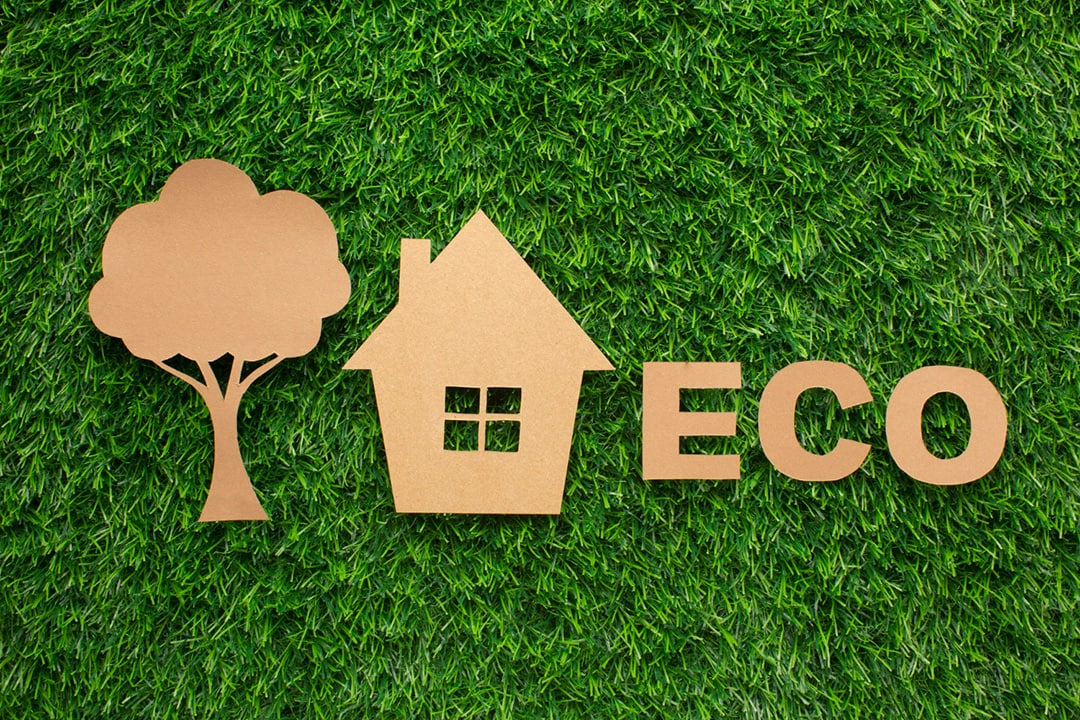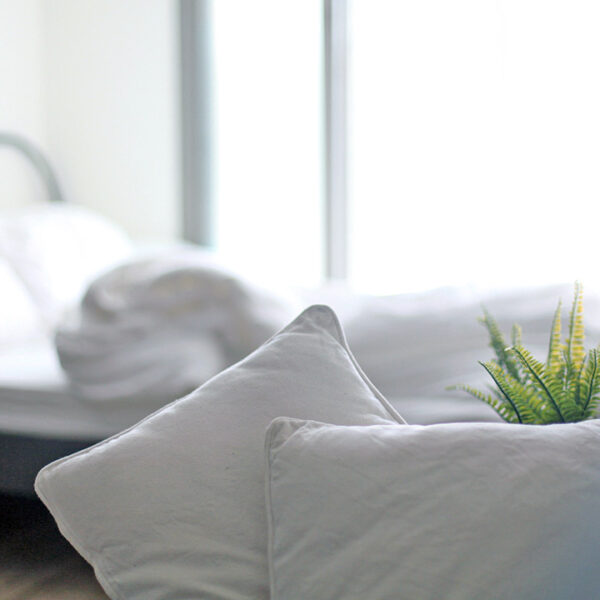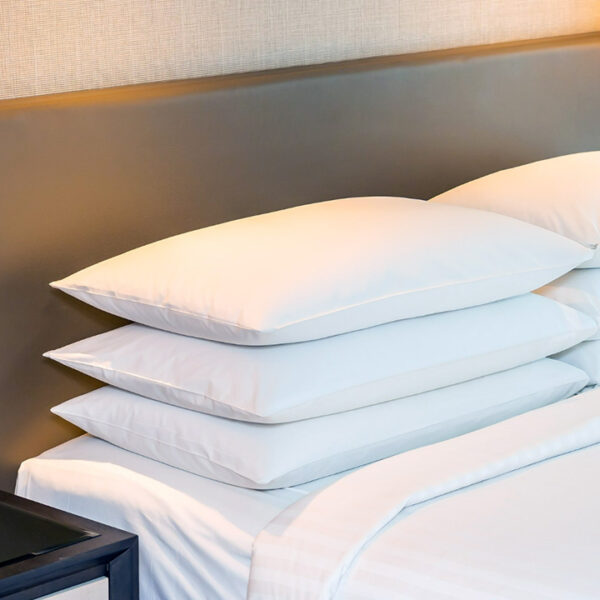Affordable housing has long been an issue, not just in South Africa but across the globe too. Governments worldwide are trying to find ways to build homes for citizens without running over budget or impacting the fiscus. Brick-and-mortar houses are expensive, so alternative building materials are needed.
Add to this the ever-growing concerns for the environment. The construction industry, by nature, results in permanent structures. Even after buildings are demolished, the concrete and brick remain – unable to be recycled but only useful for rubble. This is where eco-bricks have massive potential.
There are many forms of eco-brick that have been developed; most of which are plastic-based. Not only does this keep plastic waste out of landfills and the environment, but it also creates affordable housing solutions that are durable and long-lasting. Romatex is already supplying this market, but the potential is still largely untapped.
Plastic-based textiles to make eco-bricks
Romatex is a leading manufacturer and supplier of stitch-bonded non-woven material in South Africa. This sustainable textile is made from recycled polyethylene terephthalate (rPET) plastic. PET is one of the most common polymers – used to make plastic bottles for beverages, cooking oil, liquid soaps and shampoo, to name a few.
This plastic is recycled, pelletised and extruded into thin fibres, which are then used by Romatex to make stitch-bonded non-woven material. While there are many uses for this plastic-based textile, the possibilities are always growing. Eco-bricks, for example, could be a major end-use for the material.
Romatex has the capacity to manufacture two million square metres of stitch-bonded non-woven material every month. This keeps around 54 million plastic bottles out of landfills and the environment and helps to sustain South Africa’s recycling industry.

How eco-bricks can be made from sustainable textiles
Currently, the most efficient solution is to manufacture a specific type of sandbag from stitch-bonded non-woven material. These bags are then filled with sand to create a compact, hard and durable eco-brick. They can be stacked on top of one another, like regular bricks, and bound together with cement or mud.
When a building is demolished, the textile component of the eco-bricks can be recycled and the sand can be emptied and used again. This creates a more sustainable construction industry alongside more affordable housing.
Properties of plastic-based eco-bricks
Plastic and sand-based eco-bricks have excellent qualities for housing. They are effective insulators; keeping homes warm during winter and cool during summer. They also have good resistance to heat, moisture and extreme weather conditions.
Due to growing concerns over the environment and affordable housing, eco-bricks are being researched and developed at a faster rate. Many organisations and businesses are trying to find ways to incorporate the circular economy into the construction sector through sustainable building solutions.
Blending plastic waste with sand is a viable alternative to clay-based bricks. These eco-bricks help to manage plastic waste pollution and create affordable building materials. For more information on our stitch-bonded non-woven material, please contact us today.
___
Romatex has been a leading manufacturer and supplier of stitch-bonded non-woven materials and homeware for over 50 years. Romatex is a Level 2 B-BBEE company that is owned by Deneb Investments Limited, a subsidiary of Hosken Consolidated Investments (HCI), which is listed on the Johannesburg Stock Exchange (JSE).
Our head office is based in Cape Town but we have branches in Gauteng, KwaZulu-Natal, the Eastern Cape and the Free State. For more information about our products, please contact info@romatex.co.za. Follow us on Facebook, LinkedIn and Instagram for our latest news and industry insights.

